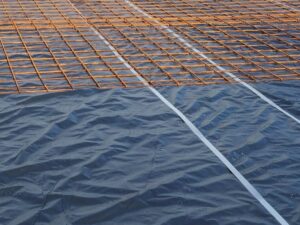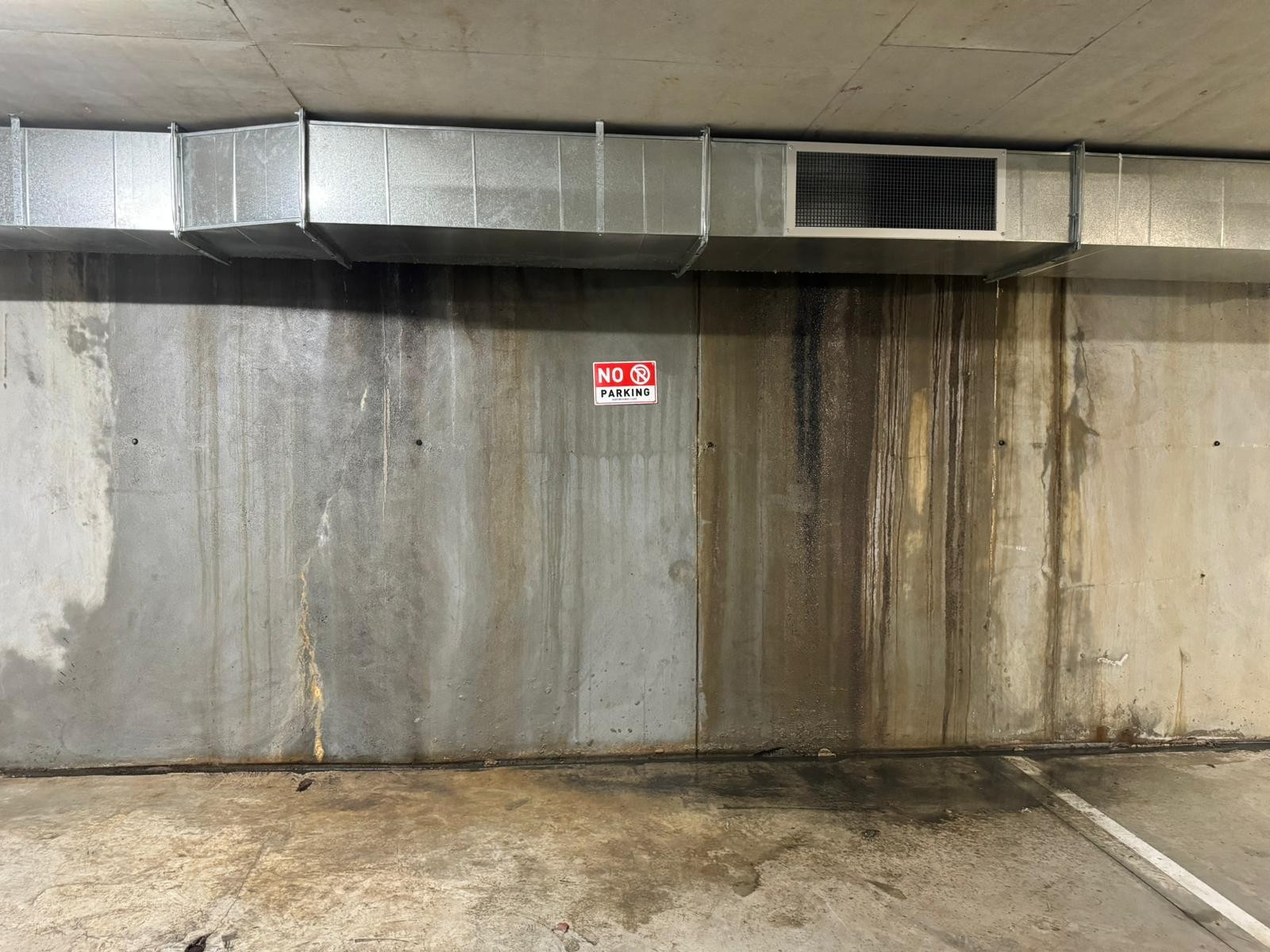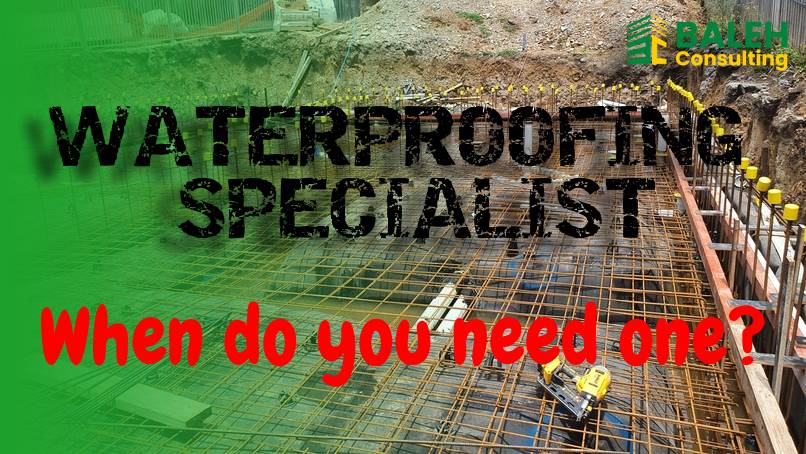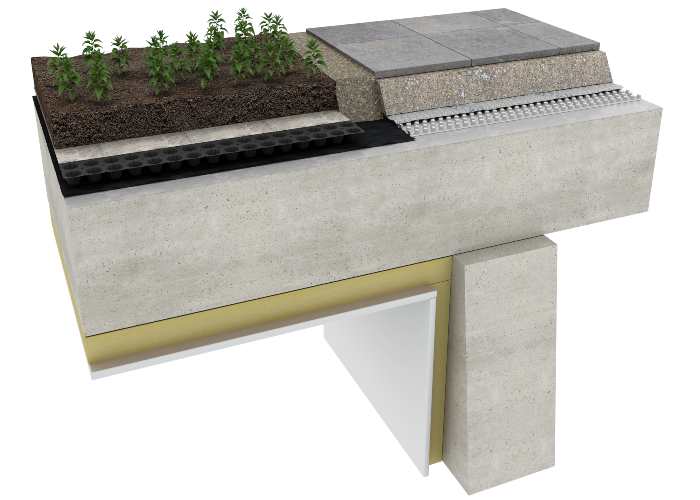BUILDER’S PLASTIC IS NOT A WATERPROOFING MEMBRANE 🚧💧
One of the most common misconceptions in construction is that a 0.2mm polyethylene sheet (often referred to as “builder’s plastic”) can serve as a waterproofing membrane. It cannot. While it does help control vapour transmission, it is not designed to stop liquid water under pressure—a critical requirement for below-ground waterproofing.

According to AS 2870 Cl.5.3.3, a 0.2mm polyethylene membrane is classified as a vapour barrier or damp-proofing membrane, meaning it only slows moisture movement. However, waterproofing is about more than just vapour control—it must actively prevent water ingress and withstand environmental challenges over time.
Why a 0.2mm Polyethylene Sheet Fails as Waterproofing:
🔹 Too Thin & Fragile – At just 0.2mm thick, it tears easily and lacks the flexibility required to accommodate structural movement. Proper waterproofing membranes are typically 1.5mm–3mm thick to ensure durability and performance.
🔹 No Hydrostatic Pressure Resistance – Below-ground waterproofing must withstand constant groundwater pressure. A polyethylene sheet has no structural strength, allowing water to push through over time. This includes seasonal water pressure from rain, burst water mains, flooding, etc.
🔹 Does Not Bond to Substrate – A proper waterproofing system should form a continuous, fully adhered layer to prevent water tracking. A loose-laid polyethylene sheet creates pathways for water to migrate underneath, leading to failures.
There are also loose laid waterproofing membranes installed with a drainage system.
🔹 No Self-Sealing Capability – True waterproofing membranes, such as HDPE, PVC, and bituminous systems, self-heal around minor punctures and penetrations. Polyethylene does not, increasing the risk of leaks.
🔹 Not Chemically Resistant – Soils often contain acids, alkalis, and hydrocarbons, which degrade polyethylene over time, leading to brittleness and cracking. Exposure to petroleum-based chemicals and solvents can further cause softening and breakdown.
🔹 Only a Vapour Barrier, Not a Waterproofing Layer – While polyethylene sheets control moisture diffusion, they do not prevent water ingress under pressure. Waterproofing membranes must include multiple layers, reinforcement, and sealant compatibility to ensure long-term protection.
🔹 Prone to Installation Damage – Polyethylene is easily punctured, torn, or displaced during construction, making it unreliable as a long-term waterproofing solution.
🔹 Short Lifespan – Waterproofing is a critical system meant to protect structures for decades. Polyethylene deteriorates far more quickly than engineered waterproofing membranes, increasing the risk of costly failures.
🔹 No Crack Bridging Ability – Buildings naturally experience settlement and minor movement. Proper waterproofing membranes can bridge small cracks to maintain protection—polyethylene cannot, allowing water infiltration.
What Should Be Used Instead?
For any structure in contact with soil or exposed to groundwater, a high-performance waterproofing system is essential. Options include:
✅ HDPE sheet membranes – Strong, fully adhered, and highly chemical-resistant.
✅ Bituminous membranes – Durable, flexible, and self-sealing.
✅ PVC & TPO membranes – Highly resistant to chemicals and hydrostatic pressure.
✅ Bentonite-based systems – Effective in high-moisture environments due to swelling properties.
✅ Integral waterproofing admixture and waterstops – There are various types in the market such as hydrophilic, hydrophobic, and hybrid. The choice on what to use is crucial depending on what you want to address.
Conclusion
A 0.2mm polyethylene sheet is not waterproofing. Using it as a substitute risks structural damage, water ingress, and costly repairs down the line. Waterproofing should never be an afterthought—choosing the right system from the start can mean the difference between a dry, protected structure and a long-term failure.
Alternatively, use 0.2mm polyethylene sheets on the ground, add waterproofing admixture in concrete and install waterstops in construction joints.
You may be interested in reading about Soil Types and their impact on waterproofing
📞 Need expert guidance? Contact us to ensure your project has the right waterproofing solution.
Follow Hacène Baleh on LinkedIn
Follow Baleh Consulting on LinkedIn
Posted on 13/03/2025 Written by Hacene Baleh
Pictures credit: danterr














